This excellent, versatile, and durable cookware comes from a family-owned business based in France. Emile Henry cookware combines modern technology with traditional methods to make a variety of ceramic cookware and tableware.
But there is a lot of good ceramic cookware available, so why would you choose Emile Henry?
Table Of Contents
- Emile Henry FAQs
- Is Emile Henry cookware any good?
- The main benefits of bakeware
- Company History
- Manufacturing process
- How to care for your Emile Henry cookware
- Pros and cons of Emile Henry bakeware
- Conclusion
Emile Henry FAQs
When Was Emile Henry Founded? | Emile Henry’s origins date back to 1850. |
Who Owns Emile Henry? | The Henry family proudly holds Emile Henry. Yes, it’s still a family-run business |
What Products Does The Company Make? | The family-operated business specializes in producing fine ceramic cookware. |
What Are They Known For? | The company is best known for its highly chip-resistant Dutch Ovens. |
Where Are The Products Made? | The company continues to make all Emile Henry products in France. |
Where Is Their Clay Sourced? | Clay comes from the Burgundy region. Yes, the area is famous for wine production. |
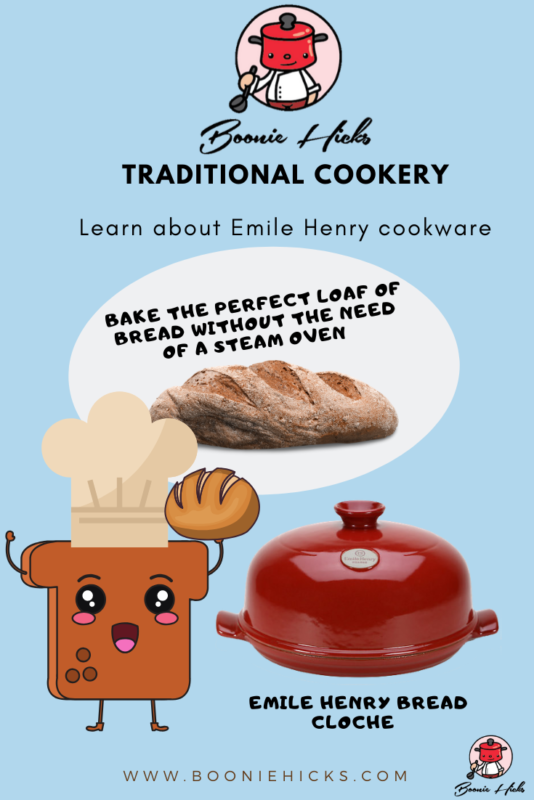
Is The Emile Henry Ceramic Cookware Range Any Good?
The short answer is yes. I think Emile Henry cookware has an old-fashioned country feel. The ceramics have a nice deep glaze and are thick enough to take a few shocks on the side of the kitchen bench without breaking.
Emile Henry is famous for its pie plates. However, I currently only have their baking dishes. And I could not be happier with them. You can check out these Emile Henry baking dishes (affiliate link) on Amazon to see the available sizes.
Ceramic dishes and cookware are nothing novel. Ceramic bakeware is available in many department stores and discount retailers. So why would you choose Emile Henry cookware?
Well, here are a few good reasons.
- Food safe cookware
- Versatile
- Durable
- Lighter than cast iron
- Great heat retention
- Easy to clean
- Shock-resistant
- Great value for money

Non-Toxic
Emile Henry ceramics do not contain lead, cadmium, or other harmful materials. It is safe to use even on your highest oven setting. Okay, burning hot is not exactly safe. But if you do not like cooking with metal, foil, or greaseproof paper. Then natural clay is the way to go. Clay is one of the oldest cooking surfaces humans have used and is non-toxic. So, if you are looking for a natural cooking surface, then are few choices better than Emile Henry.
Incredibly Versatile
Because Emile Henry cookware is thicker than many competing brands. It tends to be more durable. And you can use your cookware with the following appliances.
- Oven safe
- Fridge cool storage
- Freezer long-term food storage
- Microwave safe
- Dishwasher safe
You can even use your Emile Henry Flame Top cookware on your gas top range or the grill!
The Flame Top cookware range can go straight from the stovetop to the oven. The Emile Henry ceramic Dutch oven is one of the few available options if you want a ceramic oven. But it is a fine choice, and many copycat manufacturers look to Emile Henry design inspiration. However, few can compare in terms of quality.
Tested For Durability
Ceramic cookware can be easily chipped, especially for lower-quality pieces. However, Emile Henry cookware is thicker to resist chips and cracks. You will not have to worry about your cookware cracking if you accidentally bump it against the sink or counter (within reason, of course). And you can lightly use metal utensils with Emile Henry cookware without scratching the glaze.
According to the company, you can cut directly on the surface without damaging the glaze. However, I recommend not cutting directly on the ceramic surface.
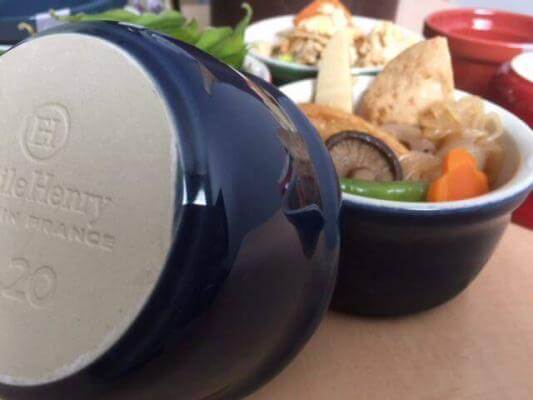
Lighter Weight Than Cast Iron. Yes, Emile Henry Makes Dutch Ovens As Well.
Emily Henry states its cookware is 30% lighter than the competing enameled cast iron options. This weight difference makes a big difference. Especially if you carry a hot dish from the stove to the table! The lightweight makes ceramics ideal for storing leftovers. Because they are not too heavy for the racks in your fridge or freezer.
Great Heat Retention
The heat-retentive nature of clay is ideal for cooking because clay heats up without burning quickly. Unlike stainless steel, it stays hot for longer. Even after you remove the dish from the oven and set it on the dining table or kitchen bench, it will cool slowly.
Easy-To-Clean
The smooth surface of the glaze makes Emile Henry cookware easy to clean; even stubborn food will release when soaking in warm, soapy water. The glazing will not discolor or fade over time. Best of all, you can put all your Emile Henry products in the dishwasher!
Great Thermal Shock-Resistance
Emile Henry cookware is shock-resistant. So you will not have to worry about the product cracking due to temperature changes (unlike glass bakeware). Emile Henry’s cookware and bakeware can go from the freezer or fridge straight to the oven to reheat your leftovers, meaning fewer dishes for you to wash.
Emile Henry Ceramics. Does This French Cookware Cost A Pretty Penny?
Okay, the cookware is a little more expensive than most Chinese cookware. But it’s not out of reach like other comparable brands. Emile Henry products are quality bakeware that looks great and will last many years. These qualities make Emile Henry cookware a perfect choice for a gift
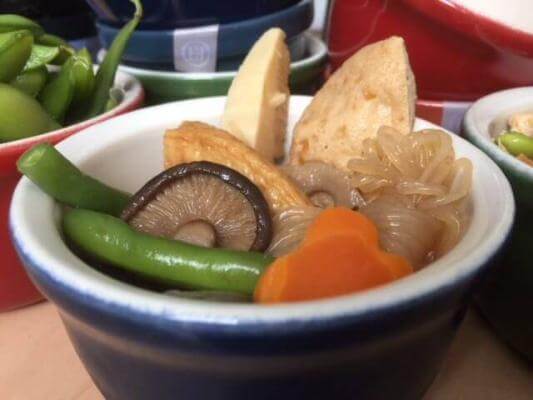
History Of Emile Henry Cookware.
Emile Henry’s ceramic cookware dates back to 1850! Since its inception over 150 years ago, the cookware company has had a pottery studio in the same place. The small village of Marcigny, in the province of Burgundy, France. Even more romantic is that the Henry family still owns and operates it.
Emile Henry uses age-old techniques to shape, glaze, and fire ceramics. The company has recently developed a new technology, the Flame Top. which you can also use on the stovetop and the oven.
Emile Henry uses local Burgundy clay as the basis for all its products. Interestingly, the Burgundy clay is the same mineral-rich material that gives Burgundy wines their characteristic flavors.
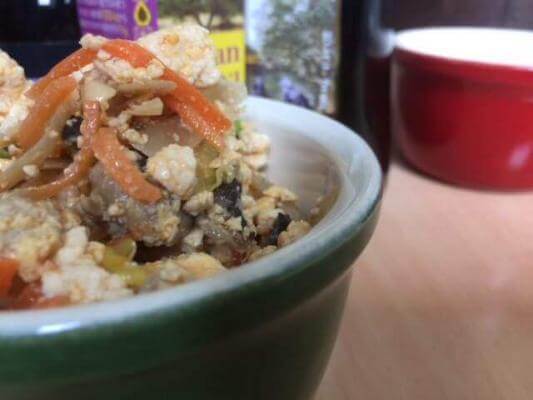
The Manufacturing Process
First, Emile Henry artisans mix Burgundy clay with a few secret ingredients. Then mix these dry ingredients with water to create what potters call a slip. Next, they cast the slip into plaster molds.
After waiting 2 hours, the worker removes the mold’s pottery. Each piece is inspected and hand-finished before glazing and firing. Checking every product ensures smoothness and a perfect shape.
The next step is to hand-glaze the pottery with natural glass powder. Finally, the products go into a kiln, set at 2000 degrees, for a few hours. When the ceramics emerge, they have a durable, vibrantly colored glaze coating.
Finally, quality control workers test each piece of cookware for thermal and shock capabilities, heat retention, and the product’s durability to stand up to chips and cracks.
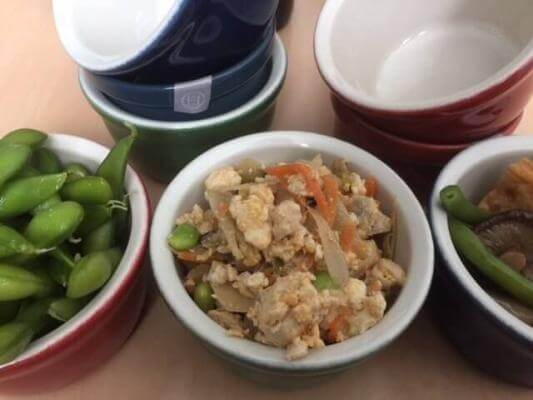
How To Care For Emile Henry Ceramic Cookware
- Unless you have an Emile Henry Flame Top product or grilling cookware, please do not use other ceramic dishes on the stovetop or grill. Regular bakeware will break when exposed to flame or a cooktop.
- You can either hand wash with soap. Or use the dishwasher to clean your Emile Henry products.
- I recommend always having a little liquid or oil in the dish when roasting meat to avoid dealing with burned-on food. However, Emile Henry cookware is generally very easy to clean.
- You can grease the pan when baking if you want. However, due to the smooth glaze, this is not strictly necessary.
- If food does become stuck to the dish, soak it for 20 minutes with soapy water before washing or running it through the dishwasher.
- The glaze may develop tiny cracks over time, but this is not a flaw. Instead, it displays the resistance to rapid temperature change that makes ceramic cookware great. And it gives personality.
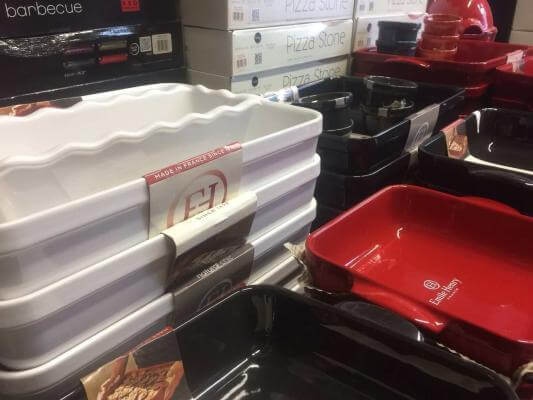
Pros And Cons Of Emile Henry Ceramic Bakeware
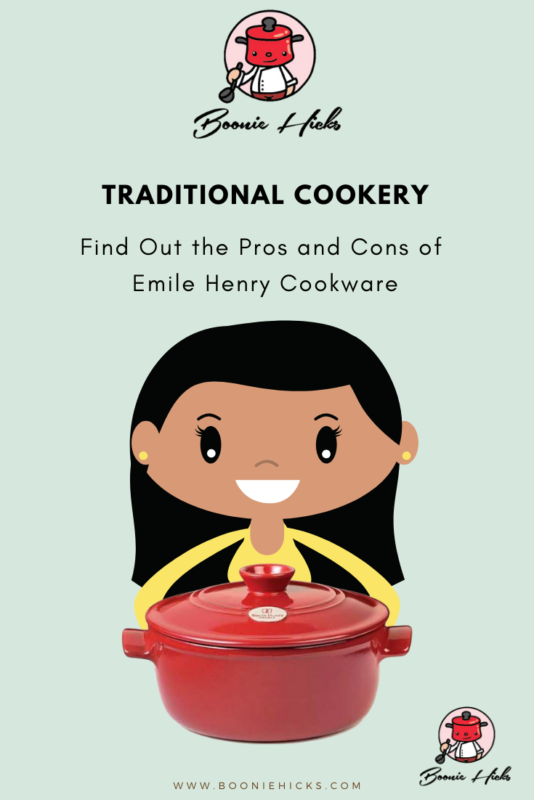
Pros:
- It can go in the microwave and dishwasher, unlike seasoned cast-iron
- It is lighter than cast iron
- Its smooth surface is easy to clean
- You can safely store your food in it, saving you time with fewer dishes to clean
- It comes in vibrant colors
- Ceramic cookware is non-toxic
- Emile Henry workers carefully check every piece of cookware for flaws before leaving the factory
- The company offers a good warranty for their products (see the manufacturer for details)
Cons:
- Ceramics can chip over time, and it will break if dropped on the floor
- Emile Henry products are more expensive than low-cost manufacturers
If you want to learn more about the benefits of ceramic cookware, click here.

Closing Remarks
Emile Henry ceramic cookware combines quality with affordability. Although it doesn’t come in a wide range of color options like Le Creuset or Staub. However, Emile Henry still makes ceramics in France using that fine Burgundy clay. And the company still uses traditional methods for their cookware without the high price. These are great reasons to choose Emile Henry ceramic cookware.

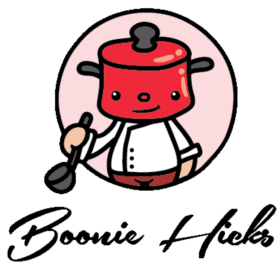
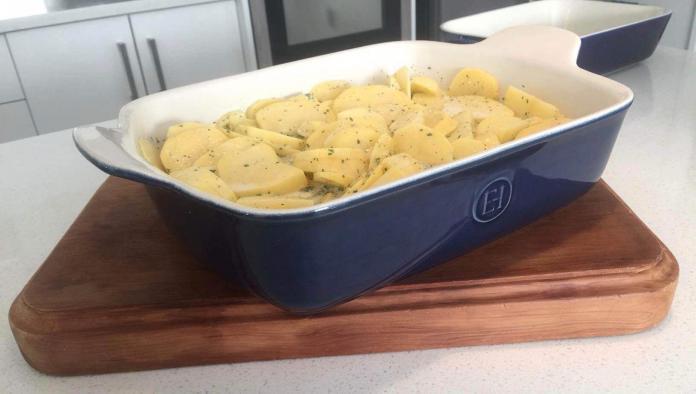
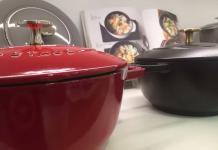
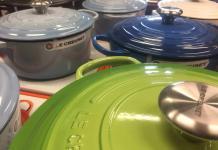
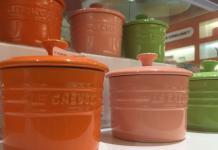



Any oven degree temperatures for her products??
Hi Lan
Thanks for the question
Emile Henry bakeware is said to up heat resistant up the 250 degrees Celsius or 480 Fahrenheit. Far hotter than I use my ovenware. I rarely go over 180 degree Celsius.
Cheers, happy cooking